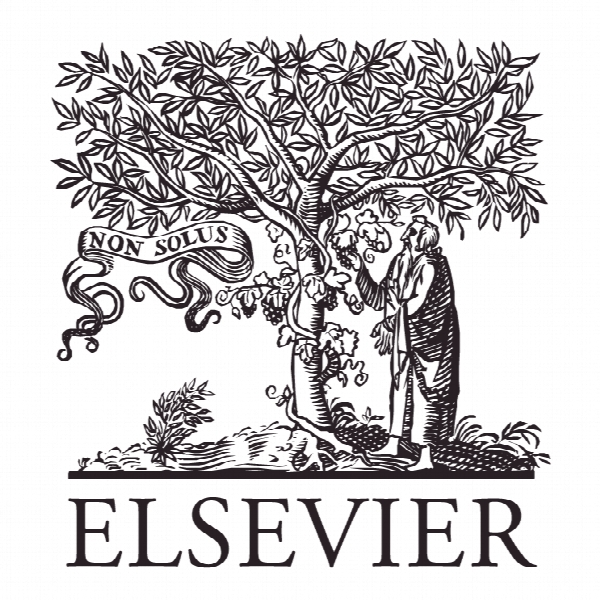تولید بیوسورفکتانت از پسماندهای صنعتی با حذف بالقوه رنگ نامحلول Biosurfactant production from industrial wastes with potential remove of insoluble paint
- نوع فایل : کتاب
- زبان : انگلیسی
- ناشر : Elsevier
- چاپ و سال / کشور: 2018
توضیحات
رشته های مرتبط شیمی
گرایش های مرتبط شیمی تجزیه
مجله کاهش بیودیزل و تجزیه زیستی بین المللی – International Biodeterioration & Biodegradation
دانشگاه Federal University of Rio Grande – FURG
منتشر شده در نشریه الزویر
کلمات کلیدی کاربرد بیوسورفکتانت، فعالیت امولسیون، ویژگی یونی، تنش سطحی
گرایش های مرتبط شیمی تجزیه
مجله کاهش بیودیزل و تجزیه زیستی بین المللی – International Biodeterioration & Biodegradation
دانشگاه Federal University of Rio Grande – FURG
منتشر شده در نشریه الزویر
کلمات کلیدی کاربرد بیوسورفکتانت، فعالیت امولسیون، ویژگی یونی، تنش سطحی
Description
1. Introduction Biosurfactants are surface-active compounds synthesized by microorganisms, which have the capacity to reduce surface and interfacial tensions of solutions (Franzetti et al., 2011). They are an alternative for the replacement of chemical surfactants produced from petroleum (Nitschke et al., 2004; Luna et al., 2012; Ismail et al., 2013). These compounds are produced by a wide variety of bacteria and fungi. Thus, several types of structures are formed as phospholipids, glycolipids, lipopeptides, polymeric surfactants and others. Depending on the structure of biosurfactant the interaction with pollutants could be different (Sriram et al., 2011). Biosurfactants have several advantages over the surfactants chemically produced, such as lower toxicity, higher biodegradability, improved environmental compatibility, higher selectivity and specific activity in conditions of adverse temperatures, pH, salinity, and finally, ability to be synthesized from renewable raw materials (Luna et al., 2012; Nalini and Parthasarathi, 2013; Souza et al., 2014b). A major problem in biosurfactant production is the costs involved in the process. The carbon source is responsible by considerate part of biosurfactant production costs (Li et al., 2016). However, this may be significantly reduced by using alternative sources of nutrients, which are easily available and inexpensive. The use of industrial wastes as an energy source for biosurfactants production is an attractive alternative to decrease the production costs, making the process viable (Al-Bahry et al., 2013). Agro-industrial wastes with high content of carbohydrates, lipids and proteins are attractive to be used as substrate, they usually have the necessary nutrients for it (Nitschke and Pastore, 2002). Wastes such as glycerol (Souza et al., 2014a), petroleum sludge (Pirôllo, 2006; Cameotra and Singh, 2008; Ibrahim et al., 2013), sugarcane bagasse (Rakeshkumar et al., 2013) and fish waste (Aguiar et al., 2014) can be used such carbon source in fermentative process. In general, these raw materials can be used as distinct energy sources for different microorganisms with the capacity to produce biosurfactants. Several microorganisms are capable to biosurfactants production, among genus bacteria such as Bacillus, Corynebacterium, Pseudomonas, Rhodococcus (Souza et al., 2014b). Bacteria such as Corynebacterium spp. (Pinto et al., 2009; Deon et al., 2012; Decesaro et al., 2013). and Corynebacterium aquaticum (Pinto et al., 2009; Aguiar et al., 2014) are reported in the literature as producers of biosurfactants with low surface tension and with emulsifying capacity.


